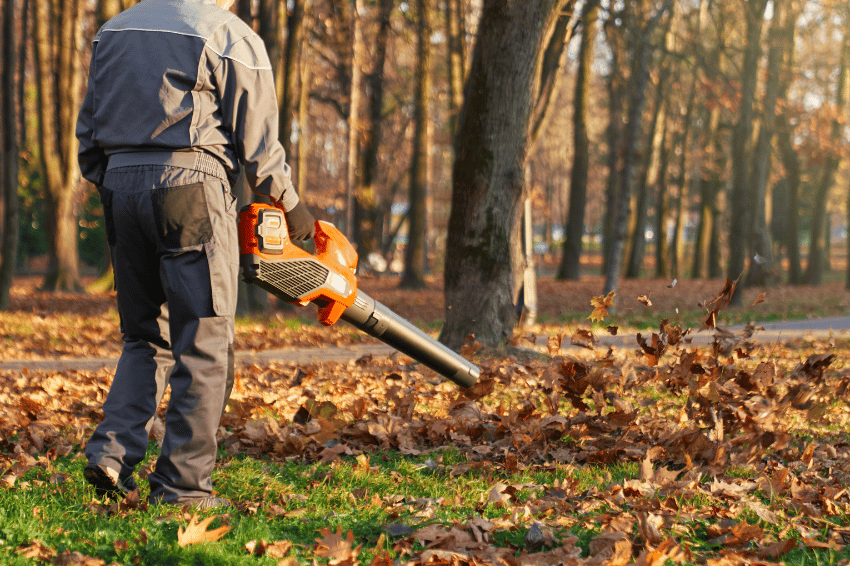Perfect gardens rarely happen by chance. They follow a rhythm that changes with the calendar, anticipating what Lake Michigan winds and Midwestern temperature swings will demand next month, not just this week. The guidelines below outline a twelve-month cycle of care well-suited to the soils and microclimates found in communities such as Highland Park, Lake Bluff, and Lake Forest. Use them as a blueprint for keeping borders in bloom, turf resilient, and woody plants healthy from January through December.
Spring – Waking the Landscape
As the ground thaws in late March, roots are tender and easily damaged. Start by clearing fallen branches and leftover leaves with a light touch, then prune deadwood while buds are still tight. This early thinning opens canopies to sunlight and improves air flow before humidity brings fungal disease.
Once daytime temperatures settle above forty-five degrees, apply a slow-release fertilizer that dissolves steadily with spring rain. Pre-emergent weed control laid at the same visit halts crabgrass before it germinates. Finish with two inches of shredded hardwood mulch so beds stay moist and weed pressure remains low, but avoid piling mulch against stems where rot can take hold.
Early Summer – Encouraging Peak Performance
Late May through July is the engine room of the garden year. Keep cool-season lawns at three inches or a touch higher to shade crowns and crowd out broadleaf weeds. Alternate mowing directions weekly to discourage ruts.
Flowering shrubs such as lilac and viburnum should be trimmed immediately after bloom; waiting until autumn removes the buds that would open next year. Deadhead perennials to channel the plant’s energy into new flowers rather than seed production. Where Japanese beetles threaten roses, deploy pheromone traps at the perimeter of the property before populations surge, and introduce beneficial nematodes to the soil as a biological control.
Irrigation schedules should evolve as summer settles in. Sandy patches along Lake Bluff’s bluffs may need shorter, more frequent watering, while heavier loam a few miles inland can handle a deep soak every third day. Smart controllers help by adjusting automatically to rainfall and evapotranspiration data.
Late Summer – Safeguarding Against Heat and Drought
August often exposes weak links. High humidity encourages leaf spot on crabapples and asters; improve air circulation with selective pruning, then treat only where symptoms persist. Core aeration relieves compaction after months of foot traffic and sets the stage for stronger root growth once temperatures cool. Follow the aerator with overseeding so the seed drops directly into the fresh channels.
Perennials that have finished—daylilies, for example—benefit from being sheared back to tidy clumps. Inspect irrigation heads for overspray onto walks and drives. Water that lands on stone encourages moss and wastes resources best reserved for beds.
Autumn – Preparing for Dormancy
Cool nights signal turf to store carbohydrates. A high-potassium fertilizer applied in September fortifies cell walls for winter. Remove fallen leaves before they mat and suffocate grass; shredded leaves can be mulched into garden beds to boost organic matter.
Young evergreens, especially those planted within two years, gain protection from an anti-desiccant spray that reduces moisture loss under winter wind. Wrap thin-barked trees to discourage vole and rabbit damage once snow cover drives animals closer to trunks. Blow out irrigation lines only after soil temperatures dip below forty degrees to ensure roots receive one last deep drink.
Winter – Protecting Structure and Planning Ahead
A garden rests but never truly sleeps. After heavy wet snow, brush the limbs of boxwood and arborvitae to prevent breakage. If thaws leave an icy crust, watch for vole runs and address them early. Use calcium magnesium acetate rather than rock salt on stone walks to preserve mortar and nearby turf.
Winter also offers time to evaluate the past season and design improvements. Order new plants in January to secure larger sizes, and schedule masonry projects before spring demand peaks so construction can start as soon as frost leaves the ground.
Why a Year-Round Perspective Pays Off
Timed tasks support one another: proper pruning reduces pest outbreaks; balanced nutrition deepens color; precise irrigation lowers disease pressure. Viewed as a chain rather than isolated chores, maintenance becomes more efficient, and results grow more impressive with every passing season.
Putting the Plan to Work
Print these seasonal prompts and post them in a garden shed or save them to your phone’s calendar. Adjust for microclimates, a south-facing brick wall warms earlier than a shaded woodland edge, and remember that consistent observation beats any rigid schedule. By tuning actions to the rhythm of local weather, North Shore gardeners can enjoy borders that remain vibrant, turf that invites bare feet, and shrubs that shrug off winter winds year after year.


